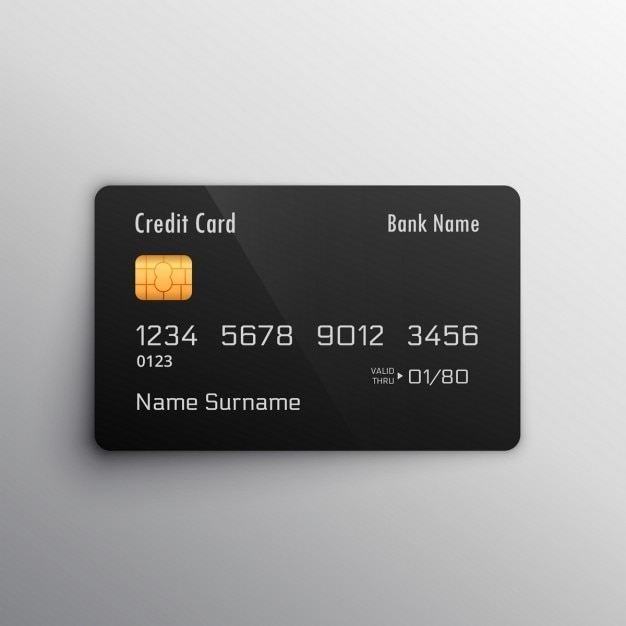1. Definition
Loan
A loan is a financial agreement in which a lender gives money to a borrower, with the expectation that the amount will be repaid over time, usually with interest. Loans are generally used for large or specific purposes and come with set terms and conditions.
Types of Loans:
- Personal Loan: Unsecured loan used for general purposes like travel, education, or emergencies.
- Mortgage Loan: Secured loan used to purchase real estate, typically repaid over 15–30 years.
- Auto Loan: Secured loan used to finance the purchase of a vehicle.
- Education Loan: Used to fund higher education; often comes with deferred repayment options.
- Business Loan: Used for funding business operations or expansion.
Credit Card
A credit card is a payment card issued by a financial institution that allows the cardholder to borrow funds up to a pre-approved credit limit for purchasing goods and services. The borrowed amount must be repaid either in full or through minimum monthly payments, with interest applied to carried balances.
2. Key Features
Loan
- Interest Rates: Can be fixed or variable; determined by credit score, loan amount, and repayment tenure.
- Repayment Terms: Fixed EMIs (Equated Monthly Instalments) over a defined period, typically ranging from 1 to 30 years.
- Collateral: Required in secured loans (like mortgage or auto); not required for unsecured loans (like personal loans).
- Loan Tenure: Clearly defined; long tenure reduces EMI but increases total interest.
- Prepayment Options: Some loans allow prepayment, but may come with penalties.
Credit Card
- Credit Limit: Maximum amount the cardholder can spend; based on income and credit history.
- Interest Rates: High interest (15%–36% annually) charged on unpaid balances.
- Minimum Payment: A small percentage (usually 2%–5%) of the outstanding balance must be paid monthly.
- Grace Period: Interest-free period (typically 20–50 days) if the total due is paid by the due date.
- Fees and Charges: Includes annual fees, late payment fees, over-limit fees, and foreign transaction fees.
3. Application Process
Loan Application
Steps:
- Determine Loan Type & Amount: Decide purpose and estimate required sum.
- Check Eligibility: Based on income, credit score (preferably 700+), age, and employment status.
- Documentation:
- Identity Proof (Aadhaar, PAN)
- Address Proof
- Income Proof (salary slips, ITRs)
- Bank Statements
- Application Submission: Online or in-person to banks/NBFCs.
- Credit Assessment: Lender evaluates creditworthiness.
- Approval & Disbursal: Upon approval, the amount is disbursed into the borrower’s account.
Credit Card Application
Steps:
- Choose Card Type: Based on usage – rewards, travel, cash-back, etc.
- Eligibility Check: Minimum income, age (typically 18+), and good credit score.
- Documentation:
- Identity & Address Proof
- PAN Card
- Income Proof or Bank Statements
- Online/Offline Application: Submit via bank website or at branches.
- Credit Evaluation: The bank checks credit history and existing liabilities.
- Approval & Card Issuance: Card is mailed post-approval.
4. Benefits
Loan
- Access to Large Sums: Ideal for big-ticket expenses like homes, cars, education.
- Predictable Payments: Fixed EMIs help with financial planning.
- Improves Credit Score: Timely repayment boosts creditworthiness.
- Lower Interest for Secured Loans: Compared to unsecured borrowing.
Credit Card
- Convenient Payments: Useful for everyday transactions.
- Reward Points: Earn points, cash-back, or air miles on purchases.
- Builds Credit History: Regular use and repayment improve credit score.
- Emergency Access: Instant fund access for unplanned expenses.
- Buy Now, Pay Later: Flexibility to defer payment within the grace period.
5. Risks and Disadvantages
Loan
- Debt Trap: Inability to repay can lead to financial strain.
- Credit Score Impact: Defaults lower credit scores drastically.
- Collateral Risk: Secured loans may lead to asset seizure on non-payment.
- Prepayment Penalties: May discourage early repayments.
Credit Card
- High Interest Rates: Carried balances incur steep interest.
- Debt Accumulation: Easy access can lead to overspending.
- Hidden Charges: Various fees may add up unexpectedly.
- Credit Score Risk: Late payments or over-limit usage reduce credit rating.
6. Comparison
| Aspect | Loan | Credit Card |
|---|---|---|
| Purpose | Specific (e.g., car, home, education) | General, day-to-day purchases |
| Borrowing Limit | Fixed amount, based on eligibility | Revolving credit limit, can be reused |
| Repayment | EMI-based, fixed schedule | Flexible, but requires minimum monthly payment |
| Interest Rates | Lower (7%–15% for secured loans) | Higher (15%–36% annually) |
| Tenure | Predefined, long-term | No fixed tenure |
| Impact on Credit | Positive if repaid on time | Builds or damages credit quickly depending on usage |
| Security | May require collateral | Typically unsecured |
| Ease of Access | More documentation, longer approval process | Faster application, instant approval for some cards |
7. Conclusion
Understanding the differences between loans and credit cards is essential for sound financial management. While both serve as tools for borrowing, they function differently in terms of purpose, cost, and repayment flexibility. Loans are ideal for planned, long-term financial needs, whereas credit cards are best suited for short-term or emergency expenses.

Proper use of both—by staying within borrowing limits, making timely repayments, and understanding the terms—can enhance your credit profile and financial stability. Misuse, however, can lead to serious debt issues and long-term financial setbacks. Therefore, choosing the right product based on your need and repayment capacity is crucial.

